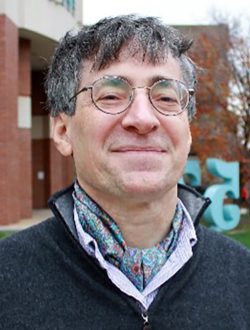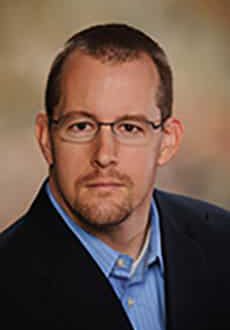Nonlinear Microwave Circuits (PART I) - Design of High Efficiency Power Amplifier using Nonlinear Embedding
Date of original webcast: Tuesday, November 14, 2017
Duration: 1 hour
Summary
The advent of nonlinear vector network analyzers (NVNA) has stimulated the introduction of new paradigms in microwave engineering for (1) the measurement, (2) the modeling and (3) the design of nonlinear microwave circuits such as microwave power amplifiers and oscillators.
In Part I of this Webinar, we will start with a review of vector large-signal microwave measurements for the acquisition of the phases and amplitudes of the multi-harmonic incident and reflected waves at the ports of a nonlinear device. The various types of NVNA architecture available, the procedure used to calibrate them and the calibration traceability will be presented. Next the behavioral models used for the representation of the measured multi-tone multi-harmonic data will be reviewed. This will include the general multi-harmonic Volterra functions for CW periodic nonlinear RF excitations, the X-parameter/S-function approximations for mildly nonlinear RF excitations and their extension for modulated multi-harmonic signals. Circuit-based nonlinear microwave models can also be directly extracted from large-signal measurements for a targeted range of operation. Examples of SOS-MOSFET and GaN models extracted and verified using a few real-time active load pull (RTALP) measurements will be presented. The efficient phase sweeping of the RTALP drastically reduces the number of large-signal measurements needed for the model development and verification while maintaining the same intrinsic voltage coverage as in conventional passive or active load–pull systems. The bias dependence of the charges and device IV characteristics can then be simultaneously extracted from these large-signal RF measurements using artificial neural networks (ANN).
In Part II of this Webinar, we will explore how NVNA’s also find applications in the design of power amplifiers (PA). To optimize the power efficiency of PAs, specific internal modes of operation are usually targeted at the device current source reference planes as estimated using nonlinear de-embedding. However given the tremendous large search space for the multi-harmonic terminations for waveform engineering, it is beneficial to first use a nonlinear embedding device model to predict from the desired internal mode of operation, the required amplitude and phase of the multi-harmonic incident waves at the transistor measurement reference planes. The verification of the resulting amplifier power efficiency optimization can then be performed using NVNA measurements. Examples of such design for Doherty and Chireix amplifiers will be presented. Finally in addition to CW signals, pulsed or modulated signals can also be measured by NVNAs. This is particularly important for nonlinear devices such SOS-MOSFET or GaN HEMTs which are affected by various low-frequency memory effects such as parasitic bipolar junction transistor effects, self-heating, and cyclo-stationary charging of traps. Recent techniques reported for low-duty rate pulsed and modulated RF NVNA measurements will then be reviewed to shine new light in the time-varying response of transistors excited by high peak to average power ratio (PAPR) modulated signals.
Attendance is free. To access the event please register.
Note: Sponsored content, by paid advertisers, has not been subject to peer review. By registering for this webinar you understand and agree that IEEE may share your contact information with the sponsors of this webinar and that both IEEE and the sponsors may send email communications to you in the future.
Speakers

Patrick Roblin

Michael C. Hamilton
Dr. Michael C. Hamilton is an Associate Professor in the Electrical and Computer Engineering Department at Auburn University and the Assistant Director of the Alabama Microelectronics Science and Technology Center.